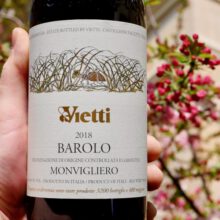
Product information
Vietti Barolo ‘Monvigliero’ 2018
$500
Description
The 2018 Barolo Monvigliero, another new wine in this range, is dazzling. That’s not much of a surprise, as the 2018 has always been gorgeous from barrel. A touch of whole clusters adds aromatic nuance and lift to this super-classic, sculpted Barolo. The Monvigliero impresses with its purity, delineation and class. Superb. Drink 2028-2048
Galloni
Only 2 left in stock


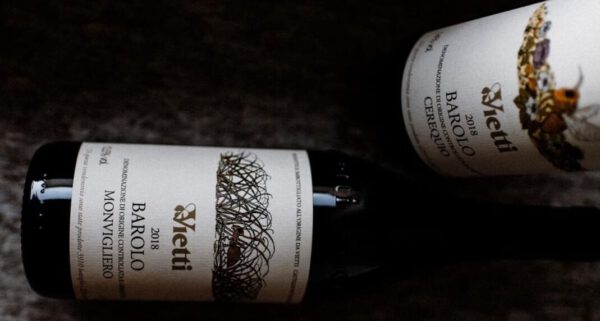 The Prologue
The Prologue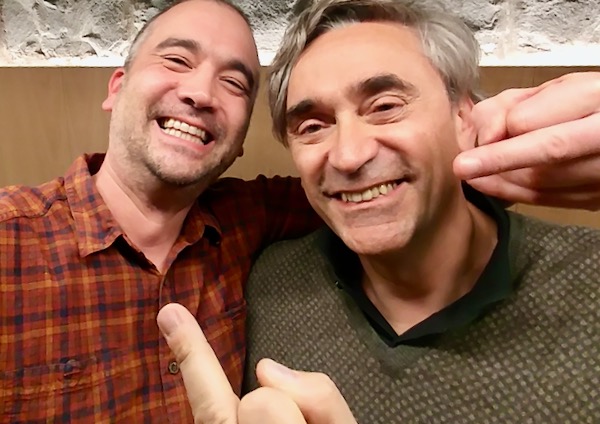








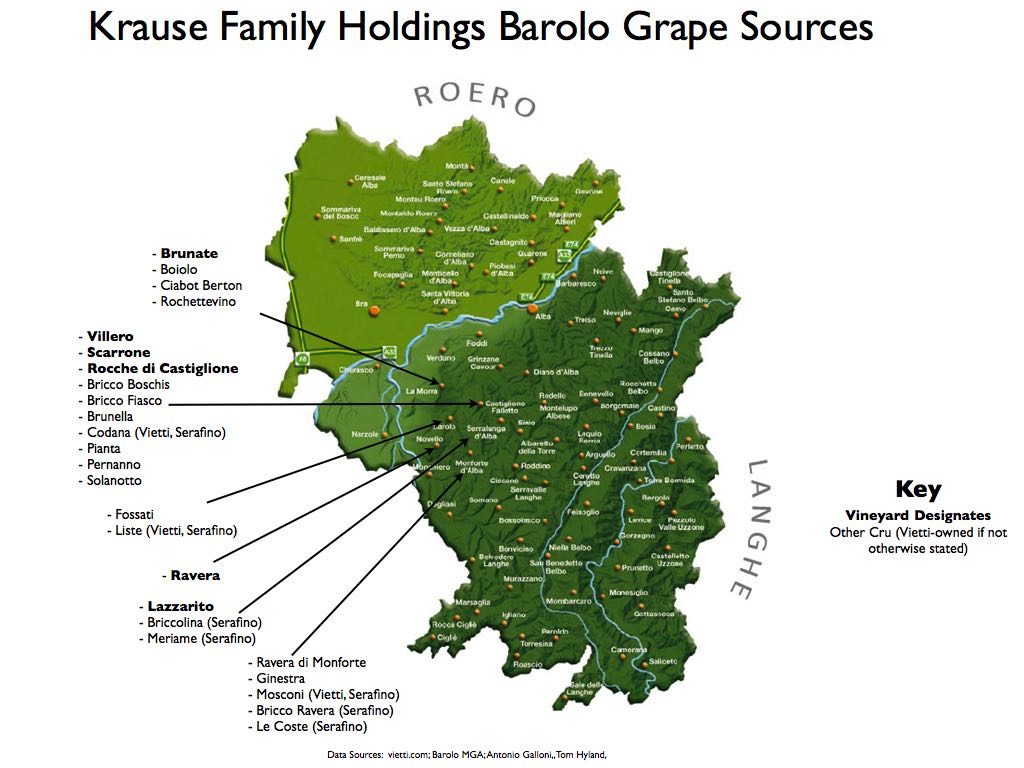
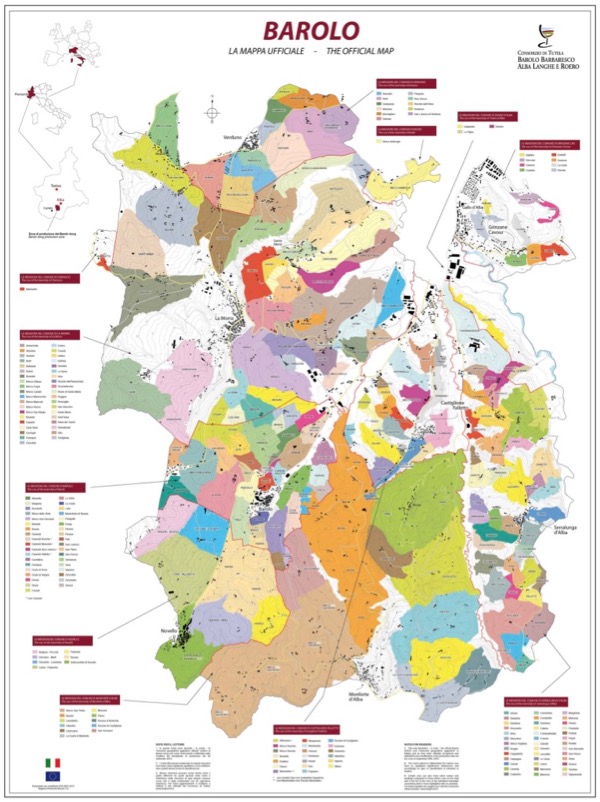



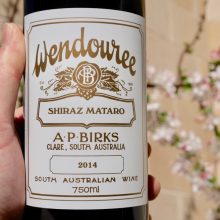
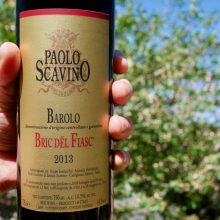
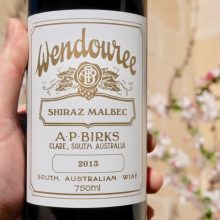
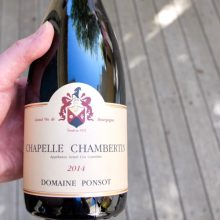
You must be logged in to post a comment.